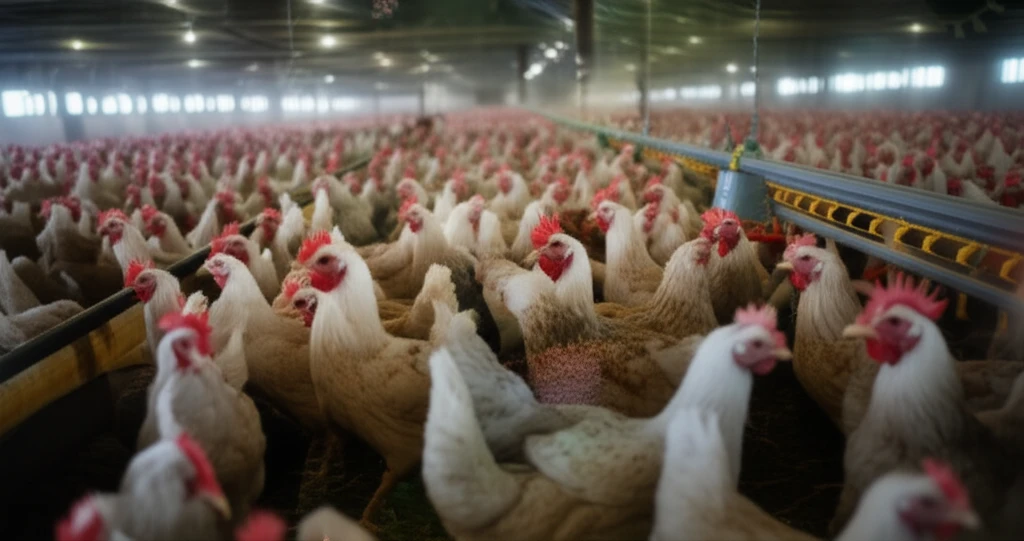
Avian Influenza H6N1: What Poultry Farmers Need to Know About the Recent Outbreak
"A deep dive into the H6N1 avian influenza outbreak, its impact on commercial layers, and essential preventative measures for poultry farmers."
Avian influenza (AI), particularly the highly pathogenic strains H5 and H7, has long been a major concern for the poultry industry. These viruses can cause devastating outbreaks, leading to significant economic losses. However, less attention is often paid to the low pathogenic avian influenza (LPAI) viruses, especially those outside the H5 and H7 subtypes. While typically considered less virulent, these viruses can still pose a significant threat to poultry farms.
A recent study published in Avian Pathology sheds light on a concerning outbreak of the LPAI subtype H6N1 in commercial layer flocks in the Netherlands. This outbreak demonstrates that even LPAI viruses can cause substantial economic damage, highlighting the need for vigilance and proactive management strategies.
This article will delve into the details of the H6N1 outbreak, exploring its impact on egg production, mortality rates, and overall flock health. We will also discuss the key findings of the study and offer practical advice for poultry farmers on how to prevent and manage LPAI infections in their flocks.
Understanding the H6N1 Outbreak: What Happened in the Netherlands?

In 2010, a series of H6N1 avian influenza infections struck four productive brown layer flocks across three farms in the Frisia province of the Netherlands. The farms, located within a short distance of each other, experienced successive infections over two months. This outbreak presented a unique challenge, as the H6N1 subtype is not typically associated with such severe consequences.
- Egg Production Decline: A steep drop in egg production, reaching up to 74% in some flocks, signaling a significant disruption in laying cycles.
- Shell Abnormalities: The appearance of pale and thin eggshells, indicating potential issues with calcium absorption and overall hen health.
- Increased Mortality: A persistent rise in mortality rates, climbing as high as 3.2% per week, reflecting the severity of the infection's impact on the birds' well-being.
- Economic Losses: Premature slaughter of affected flocks due to unprofitability, underscoring the substantial financial burden on poultry farmers.
Protecting Your Flock: Key Takeaways and Preventative Measures
The H6N1 outbreak serves as a crucial reminder that LPAI viruses can pose a serious threat to poultry farms. Implementing robust biosecurity measures, maintaining vigilant monitoring programs, and staying informed about emerging threats are essential for protecting your flocks and ensuring the long-term sustainability of your operation. By taking proactive steps, poultry farmers can minimize the risk of LPAI infections and maintain the health and productivity of their birds.
